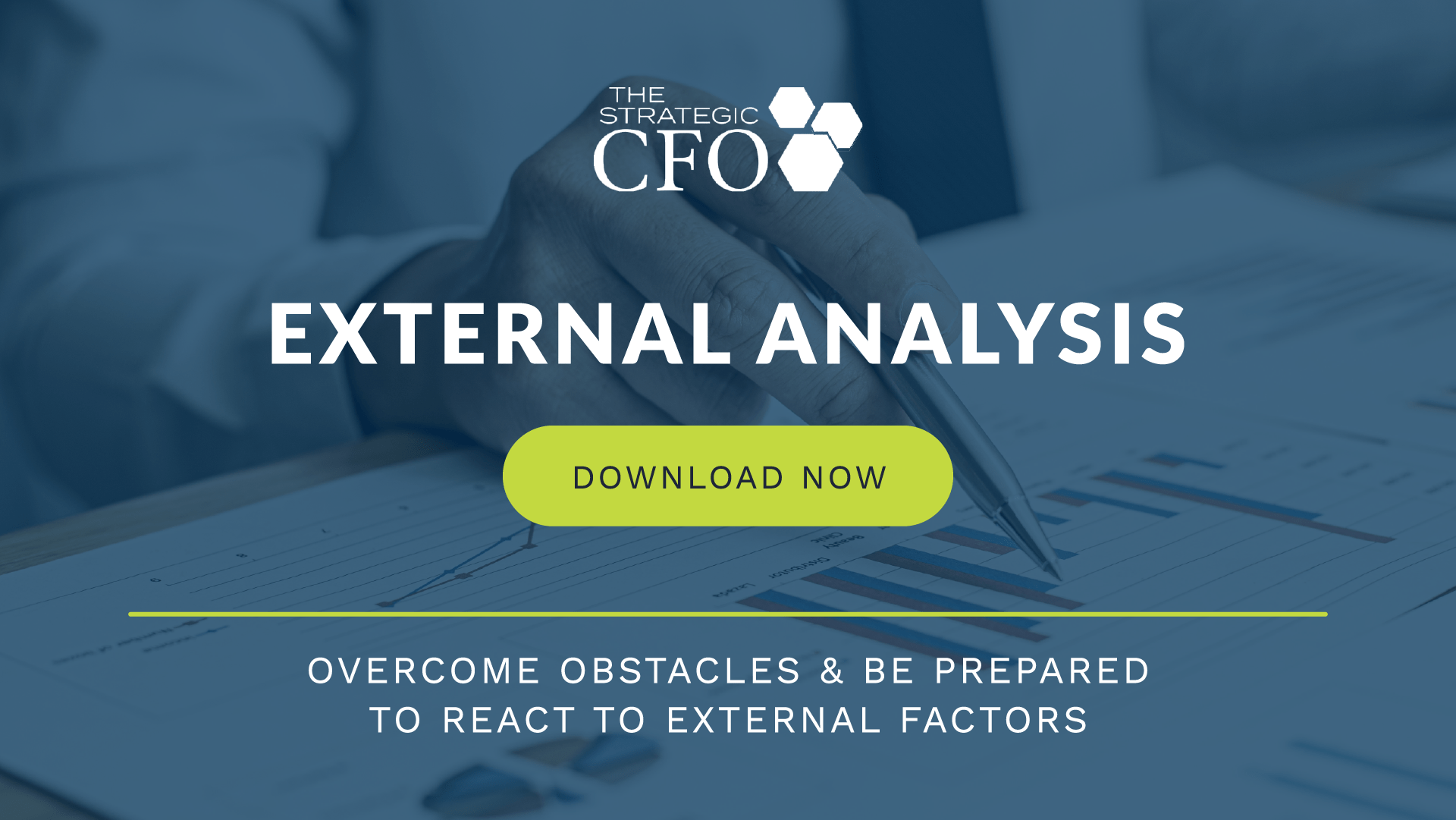See Also:
Effective Rate of Interest Calculation
What is Compound Interest
When is Interest Rate Not as Important in Selecting a Loan?
Nominal Interest Rate
Interest Rate Swaps
Fixed Interest Rate vs Floating Interest Rate
A loan can have a fixed interest rate or a floating interest rate. If the loan has a fixed interest rate, the interest rate remains constant for the duration of the loan. If the loan has a floating interest rate, also called a variable interest rate, then the interest rate fluctuates over the duration of the loan. Floating rates typically fluctuate with the overall market, with an underlying index, or with the prime rate.
Fixed interest rates and floating interest rates can apply to any type of debt or loan agreement. This includes monetary loans, credit card bills, mortgages, auto loans, and corporate bonds. Fixed rates and floating rates can also apply to financial derivative instruments.
Advantages and Disadvantages
Fixed Rate Loan
The primary advantage of a fixed interest rate loan is the elimination of uncertainty. Once the loan agreement is finalized, the value of the future interest payments is known.
A fixed interest rate can also be advantageous to the borrower (disadvantageous to the lender) if the market rates rise above the fixed rate, giving the borrower implicit gains (and the lender implicit losses). A fixed rate can be advantageous to the lender (disadvantageous to the borrower) if the market rates fall below the fixed rate, giving the lender implicit gains (and the borrower implicit losses).
Variable Rate Loan
The primary advantage of a floating interest rate is that it moves with the market rates. Of course, this can also be a disadvantage, depending on which way the market rates move and which side of the transaction the party is on.
A rise in market rates can increase the cost of the loan for the borrower and increase the interest income for the lender. Conversely, a fall in market rates can decrease the cost of the loan for the borrower and decrease the interest income for the lender.
Download your free External Analysis whitepaper that guides you through overcoming obstacles and preparing how your company is going to react to external factors.

Access your Projections Execution Plan in SCFO Lab. The step-by-step plan to get ahead of your cash flow.
Click here to access your Execution Plan. Not a Lab Member?
Click here to learn more about SCFO Labs






















